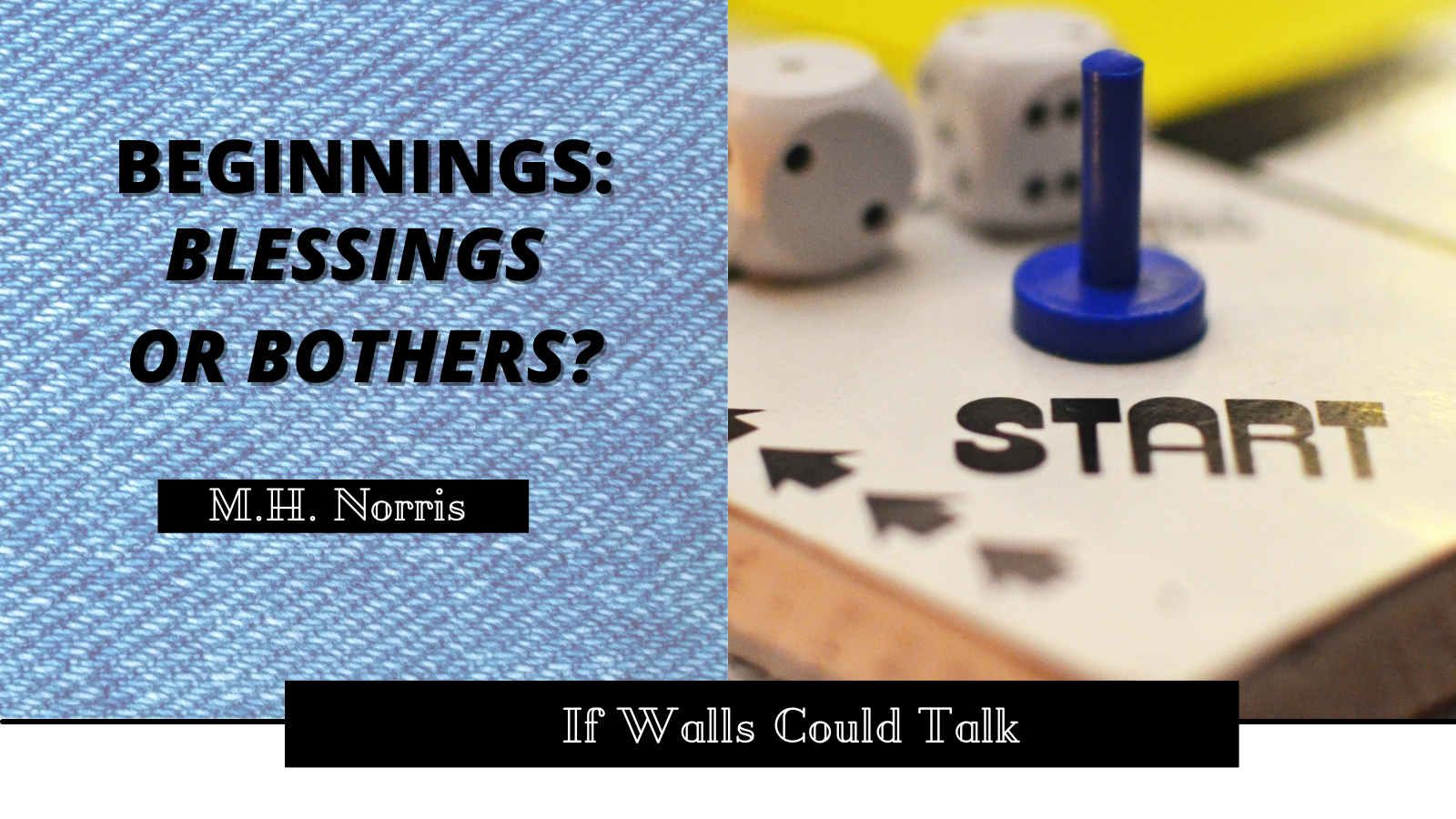
What is the number one reason a writer’s short story gets rejected?
Is it from bad grammar, poorly researched facts, or shaky story structure? These might be the reasons you would think but they aren’t the top one I’ve run across in my years in this business.
The Number One Reason
The story does not follow the guidelines. Trust me when I say that curators can (and do) spend a lot of time and thought on the guidelines these because they want you to succeed. They contain everything necessary for you to write a story which will 100% appeal to the editors and guarantee you a place.
If you don’t follow the guidelines, you will be rejected.
Take a look at the collection I’m doing with Jon Black, Overdue. We give you pages upon pages of advice and we even spell out exactly what it is we want. We did that because not only are we excited about this project, but we wanted you to catch on to our excitement and get ideas from what we came up with.
To do that, one must read the guidelines.
What are traditionally in guidelines?
1) The Premise of the collection
In the case of All The Petty Myths, the premise of that collection was mysteries surrounded by myths and legends. In the case of Overdue, it’s more that your story must involve discovering a lost literary treasure. In the case of the latter, we’re open to a ton of genres which gives you a lot of room to work with.
The premise might also include the world you are in. With some genres (science fiction and fantasy coming to mind), you might have a special set of rules to play with. With Badge City: Notches, I was given a bit about the town, a bit of backstory of Deidre, her husband, father, and grandfather. From there, I was allowed to create.
With The Whole Art Of Detection, the biggest thing was that my story involved Sherlock Holmes.
This lets you know some necessary points, something that may tie all the stories together, or why this collection exists.
2) What is and isn’t allowed
Do they want something specific? Or are they more generic?
Using Overdue as the example again, we have a list of several genres, the advised word count, and, of course, the requirement that your story must feature a lost, historical book.
If an editor sets a maximum word count, do not go over it. Sometimes, editors are bound to a certain length, a certain approximate word count, or they’re only looking for a certain length of story.
3) Inspirations
We have a list of stories, novels, and films that, as we were putting together this project, inspired us. They give us the feel we want in submissions. Watch them and read them to get a feel for what we’re looking for.
4) Important Information
In the case of Overdue, with our collection being set within a shared universe, there’s details about our world. The premise. Bios about relevant characters.
I mentioned the guidelines I received for Badge City: Notches. That information was vital for the stories as it included the fact that I had to feature one of the characters included as my main character.
Some guidelines are for fantastical worlds where they give you nothing more than a city, others features specific characters, others simply a tone and style.
Make sure you read the guidelines to see what they require.
Overall
These are just some of the reasons you should read guidelines before submitting a story to a collection.
Some writers have the misconception that if they wrote a story which didn’t make it into a past collection or themed magazine call will attempt to recycle it for another market.
Be careful if you do that, make sure that it fits the guidelines. Don’t go “well, it’s close enough” and submit. It will be rejected. “Well, it’s close enough” doesn’t sell stories.
Make sure to do your homework.
Good luck.




